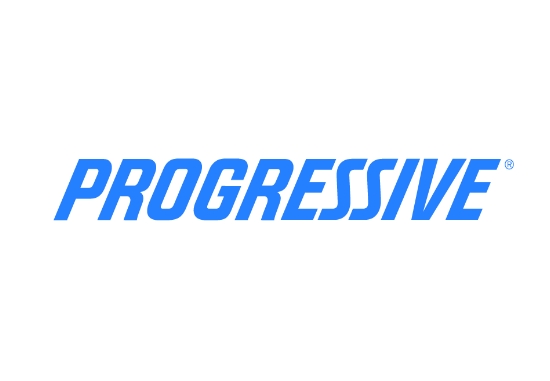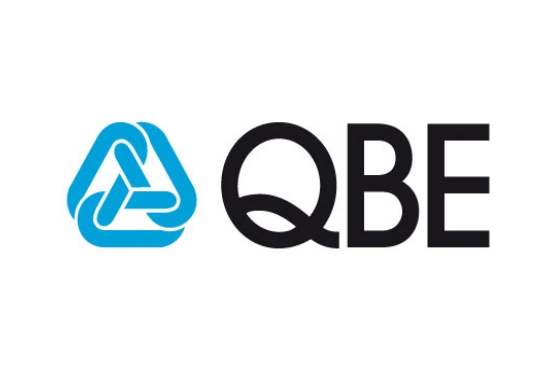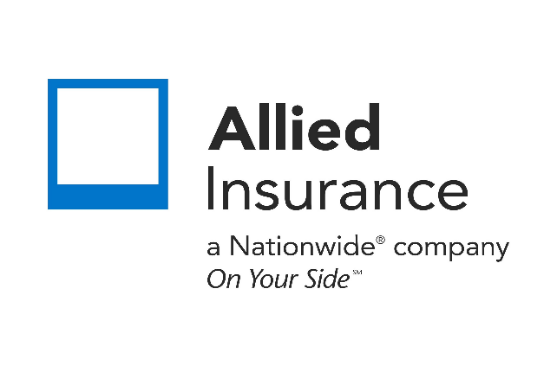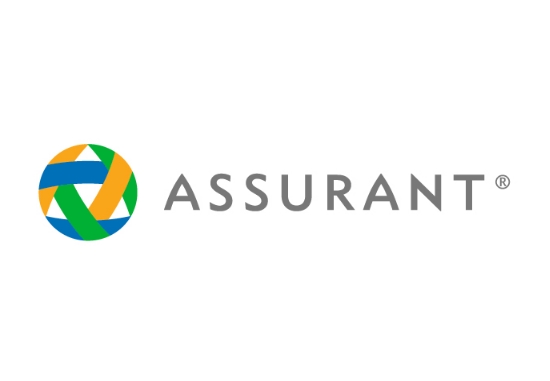What are the 10 most common workplace injuries?
Exploring the Top 10 Most Common Workplace Injuries: Causes, Prevention, and Management
Workplace injuries can have significant repercussions for both employees and employers, affecting productivity, morale, and financial stability. Understanding the top 10 most common workplace injuries, their causes, preventive measures, and management strategies is crucial for promoting a safe and healthy work environment. In this comprehensive guide, we’ll delve into the leading causes of workplace injuries and provide insights into mitigating risks and protecting employees.
1. Strains and Sprains
Description:
- Strains and sprains are among the most prevalent workplace injuries, often resulting from overexertion, repetitive motion, or lifting heavy objects incorrectly. These injuries affect muscles, tendons, and ligaments, leading to pain, stiffness, and reduced mobility.
Preventive Measures:
- Implement proper lifting techniques and ergonomic workplace design.
- Provide training on safe lifting practices and encourage regular breaks.
- Promote stretching exercises and ergonomic equipment usage.
2. Cuts and Lacerations:
Description:
- Cuts and lacerations occur when employees come into contact with sharp objects, tools, or machinery in the workplace. These injuries can range from minor cuts to deep wounds requiring medical attention.
Preventive Measures:
- Enforce the use of personal protective equipment (PPE), such as gloves and safety goggles.
- Provide training on handling sharp objects and using equipment safely.
- Keep work areas clean and organized to reduce the risk of accidental cuts.
3. Bruises and Contusions:
Description:
- Bruises and contusions result from blunt force trauma or impact injuries, often caused by falls, collisions, or being struck by objects in the workplace. While usually minor, severe bruises can lead to internal bleeding and tissue damage.
Preventive Measures:
- Maintain clear walkways and remove obstacles to prevent trips and falls.
- Ensure proper lighting and visibility in all work areas.
- Implement fall protection measures and provide appropriate PPE.
4. Fractures and Broken Bones:
Description:
- Fractures and broken bones occur when excessive force or trauma is applied to the skeletal system, often due to falls from height, crush injuries, or accidents involving heavy machinery.
Preventive Measures:
- Conduct regular safety inspections and risk assessments to identify hazards.
- Provide training on proper use of equipment and adherence to safety protocols.
- Implement engineering controls, such as guardrails and safety barriers.
5. Back Injuries:
Description:
- Back injuries, including strains, sprains, and herniated discs, are common among workers who perform manual labor, repetitive tasks, or heavy lifting. Poor posture, improper lifting techniques, and inadequate back support contribute to these injuries.
Preventive Measures:
- Train employees on proper lifting and ergonomic principles.
- Encourage the use of assistive devices, such as lifting belts or mechanical aids.
- Promote workplace wellness programs focusing on back health and injury prevention.
6. Burns:
Description:
- Burns can result from exposure to heat, chemicals, electricity, or fire hazards in the workplace. They range from minor first-degree burns to severe third-degree burns requiring immediate medical attention.
Preventive Measures:
- Provide appropriate PPE, such as heat-resistant gloves and clothing.
- Ensure proper storage and handling of flammable materials and chemicals.
- Conduct regular maintenance of electrical systems and equipment.
7. Eye Injuries:
Description:
- Eye injuries, including foreign object penetration, chemical burns, and eye strain, are common in industries where employees work with hazardous materials, tools, or machinery without adequate eye protection.
Preventive Measures:
- Require the use of safety glasses, goggles, or face shields when working in hazardous environments.
- Establish eye wash stations and emergency response procedures.
- Conduct regular safety training on eye protection and hazard recognition.
8. Respiratory Issues:
Description:
- Respiratory issues, such as asthma, bronchitis, and occupational lung diseases, can result from exposure to airborne contaminants, dust, chemicals, or harmful fumes in the workplace.
Preventive Measures:
- Implement engineering controls, such as ventilation systems and air filtration units.
- Provide appropriate respiratory protection, such as respirators and masks.
- Conduct regular air quality testing and monitor exposure levels.
9. Repetitive Strain Injuries (RSIs):
Description:
- RSIs, also known as cumulative trauma disorders (CTDs), occur due to repetitive movements, awkward postures, or prolonged periods of sitting or standing. Common RSIs include carpal tunnel syndrome, tendonitis, and bursitis.
Preventive Measures:
- Rotate tasks and provide opportunities for rest and recovery.
- Modify workstations to improve ergonomics and reduce strain on the body.
- Offer ergonomic assessments and training on proper ergonomic principles.
10. Psychological Injuries:
Description:
- Psychological injuries, such as stress, anxiety, depression, and post-traumatic stress disorder (PTSD), can result from workplace harassment, bullying, traumatic events, or excessive work demands.
Preventive Measures:
- Promote a positive work culture and provide support resources for employees.
- Implement anti-bullying and harassment policies and provide training on respectful workplace behavior.
- Offer employee assistance programs (EAPs) and mental health resources.
By addressing the top 10 most common workplace injuries through proactive safety measures, employee training, and effective risk management strategies, employers can create safer work environments, reduce the incidence of injuries and illnesses, and enhance overall productivity and well-being. Investing in workplace safety not only protects employees but also strengthens the reputation and sustainability of businesses.
We will find the best business insurance tailored to your needs. Read more…
Related Posts
Get a Right Insurance For You
SHARE THIS ARTICLE
We will compare quotes from trusted carriers for you and provide you with the best offer.
Protecting your future with us
Whatever your needs, give us a call, have you been told you can’t insure your risk, been turned down, or simply unhappy with your current insurance? Since 1995 we’ve been providing coverage to our customers, and helping people across United States.













